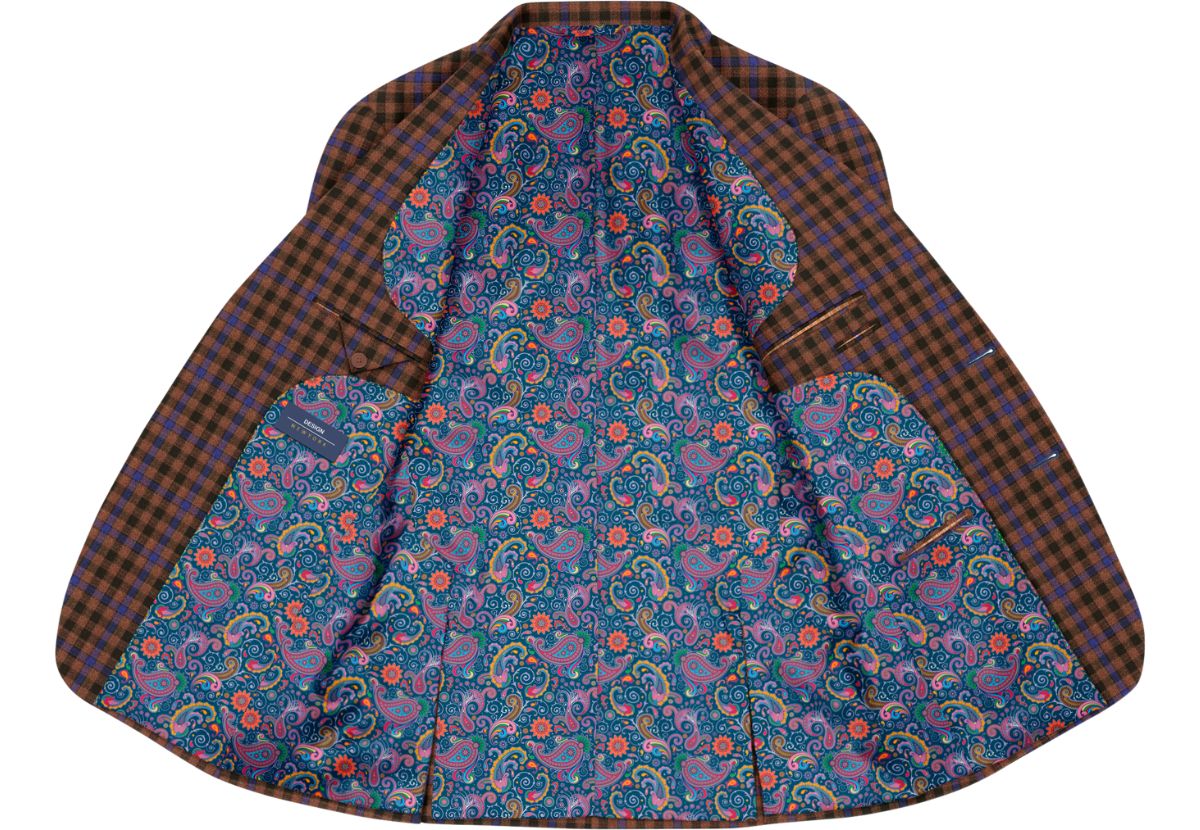Welcome to Shirtsmockup.com Online Apparel PSD Mockup Shopping Store!
Jun 03, 2024 / By Mahananda Sarkar / in Jacket
Enhancing your sewing projects with a lining can significantly improve both quality and functionality. Linings offer a polished finish, strengthen the garment's structure, and increase comfort by minimizing friction against the skin. Whether you're crafting a coat, dress, or skirt, mastering the art of adding a lining is a valuable skill that imparts a professional touch to handmade clothing. This guide will lead you through the process, from selecting the ideal fabric to mastering the sewing techniques necessary for a flawless result. Whether you're a beginner or a seasoned sewist, these instructions will enable you to seamlessly incorporate linings into your creations, ensuring they look as impeccable inside as they do outside.
A lining is an additional layer of fabric sewn into a garment to enhance its structure, comfort, and overall appearance. It is typically attached to the inside of the garment, concealing seams and providing a smooth, finished look. Linings can also add warmth, prevent fabric from stretching, and improve the drape of the garment. They are often made from soft materials like silk, polyester, or acetate, ensuring that the garment feels pleasant against the skin.
Also See>>>> How to Make a Lining for a Jacket

Lining Fabric Choices:
Factors to Consider:
Selecting an Appropriate Pattern for Lining:
Preparing the Lining Fabric:
Read About: How to add a Lining Tutorial
Step-by-Step Instructions:
Importance of Accuracy:
Transferring Seam Allowances and Notches:
Emphasizing Precision:
Attaching the Lining:
Tips for Matching Seams and Corners:
Stitching Process:
Understitching for a Clean Finish:
Specific Steps for Sleeveless Garments:
Finishing the Armholes:
Process for Skirts and Dresses:
Bagged Lining Technique:
Options for Finishing Raw Edges:
Importance of Neatness:
Adding a Lining Around Zippers and Closures:
Tips for Invisible Zippers:
Common Issues and Solutions:
Importance of Pressing:
Final Adjustments:
Read More: Jacket Lining Mockups
Adding a lining to a garment not only enhances its comfort and durability but also gives it a polished, professional look. By carefully selecting the right fabric, preparing your pattern, and following precise sewing techniques, you can achieve beautifully lined garments that look and feel exceptional. Encourage yourself to try lining various projects to elevate your sewing skills and create garments with a high-quality finish.
Jul 20, 2025 by Nayan Ali
Jul 09, 2025 by Nayan Ali